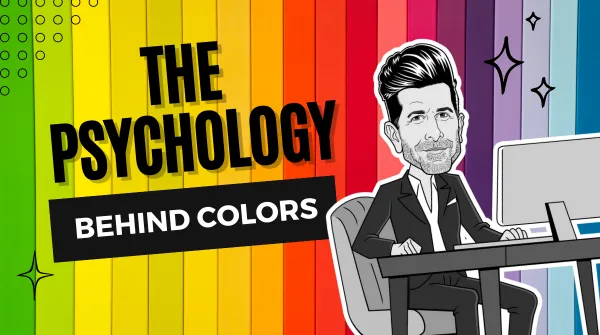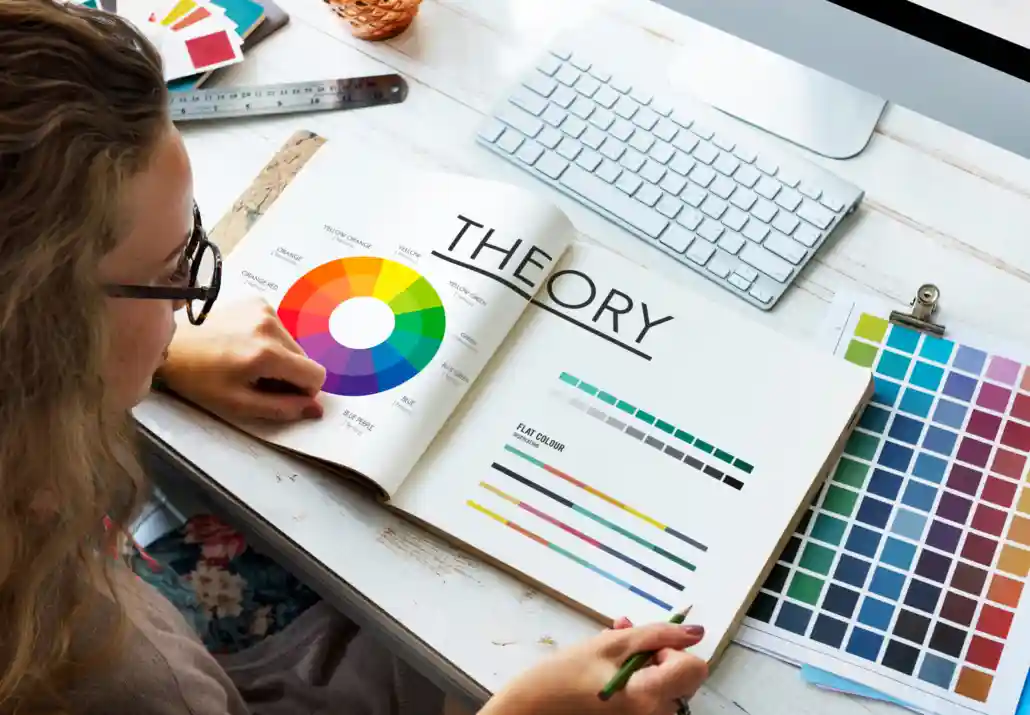The Psychology Behind Colors

Colors invoke emotion! Psychology has proven that different colors affect us in different ways. Depending on the shade of color and the setting, a given color can cause very different human emotions. The meaning of the color red, for instance, is fire and blood. Red can invoke feelings of danger and warning, as seen in stop signs and threat levels. However, a shade of red lipstick has forever been associated with passion and love.
Depending on your culture and geographic location, colors can indeed have multiple meanings. Yet, they still cause a change in our mood and feelings. For instance, a room painted a cool color, say blue, will have an effect on people’s internal temperature. The blue paint will cause them to feel cooler than they really are. However, if the same room was painted a warm color like orange, individuals will feel warmer. Even though there was no change in temperature, the color of the walls affected them physically. Once settled, some may add a layer of clothing after being in the room painted blue. On the other hand, others may remove a layer if the room was orange.
Psychology Behind Colors in Design
Web designers are well aware of the effects colors have on our moods and emotions, and ultimately our purchasing habits. They use it to their advantage. Depending on their client’s objectives, they use color in order to produce results. Take a look at the chart below and see just how they accomplish this.
| Color | Meaning | Association | In Web Design |
|---|---|---|---|
| Blue | Trust | Depth, Stability, Wisdom, Loyalty, Confidence and Truth | Cleanliness, Air, Water |
| Green | Balance | Growth, Harmony, Fertility, Healing and Vision | Safety, “Green” Products |
| Yellow | Mind | Joy, Happiness, Intellect, Energy and Warming | Leisure, Children’s Items |
| Orange | Communication | Enthusiasm, Creativity, Success, Attraction, Heat and Stimulation | Highlighting, Food, Toys |
| Red | Fire and Blood | Energy, Strength, Power, passion, War, Desire, Love and Determination | Foreground, Quick Decisions, Call to Action |
| Purple | Perfection | Royalty, Nobility, Wealth, Luxury, Power, Wisdom, Mystery and Magic | Feminine Products and Designs |
| White | Perfection | Light, Purity, Good, Safety, Virginity, Innocence and Clean | Safety, Charities, Technology |
| Black | Unknown | Power, Reserve, Mystery, Elegance, Evil and Death | Aggressive Design, Contrast |
The Impact of Color on Emotions
Colors have the power to affect our emotions and mood. When we see a particular hue, it can elicit a specific emotional response. For example, warm colors like red, orange, and yellow are associated with energy, excitement, and happiness. Cool colors like blue, green, and purple are associated with calmness, relaxation, and tranquility. Neutral colors like white, black, and gray are associated with balance, stability, and sophistication.
The Cultural Significance of Color
Color also has cultural significance, and the meanings associated with different hues can vary from culture to culture. For example, in Western cultures, white is often associated with purity and innocence, while in some Eastern cultures, white is associated with mourning and death. Similarly, red is associated with good luck and prosperity in many Asian cultures, while in Western cultures, it is often associated with love and passion.

Color Preferences
Individual color preferences can also be influenced by personal experiences, culture, and gender. For example, men tend to prefer bold, bright colors like red and blue, while women tend to prefer softer, pastel hues like pink and lavender. Personal experiences can also shape color preferences. For example, if someone had a traumatic experience associated with a particular color, they may develop a negative association with that color.
Conclusion
The Psychology Behind Colors is a fascinating topic that has been studied by researchers for decades. Colors can evoke specific emotional responses, influence behavior, and have cultural significance. Understanding the impact of color on our emotions and behavior can help us make informed decisions when it comes to branding, advertising, and design. So, next time you’re choosing a color scheme for your business or home, consider the psychology behind colors and how it can affect the way people perceive your brand or space.
For more information on the Psychology Behind Colors, you can visit Verywell Mind, a reputable website that provides in-depth resources on mental health and psychology topics



Leave a Reply
Want to join the discussion?Feel free to contribute!